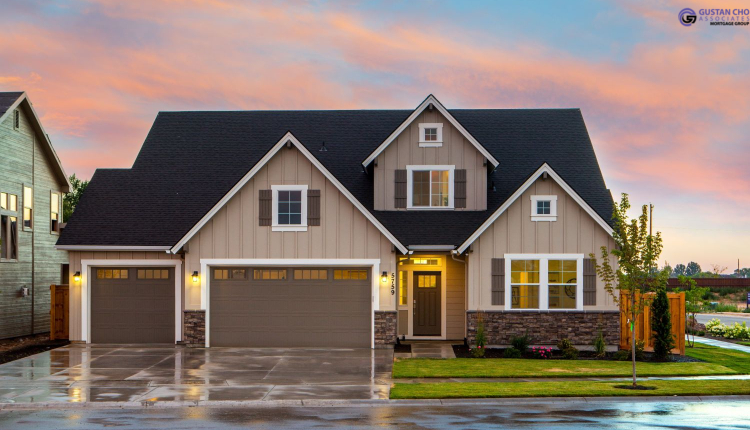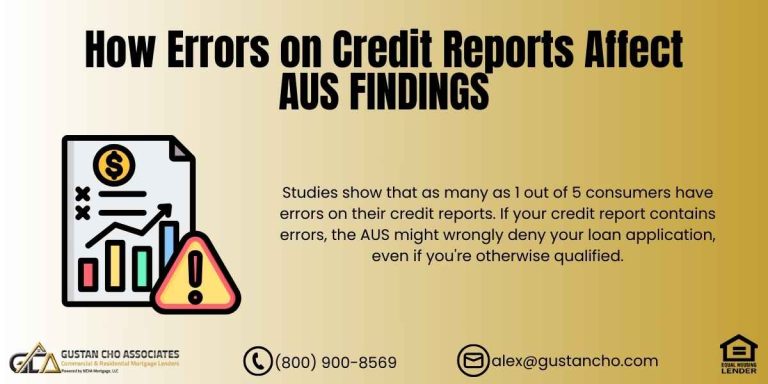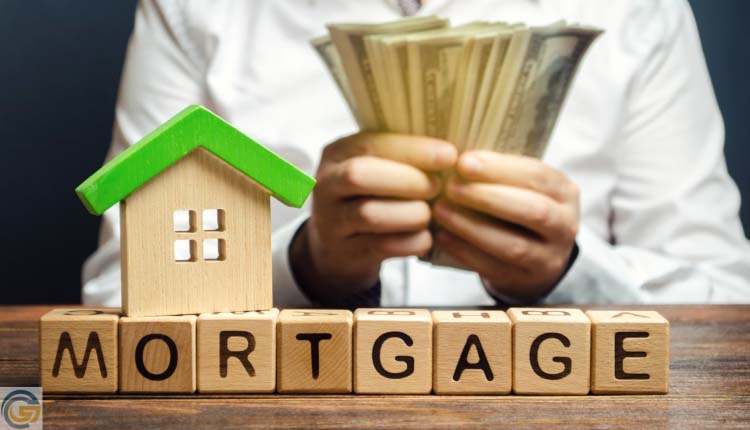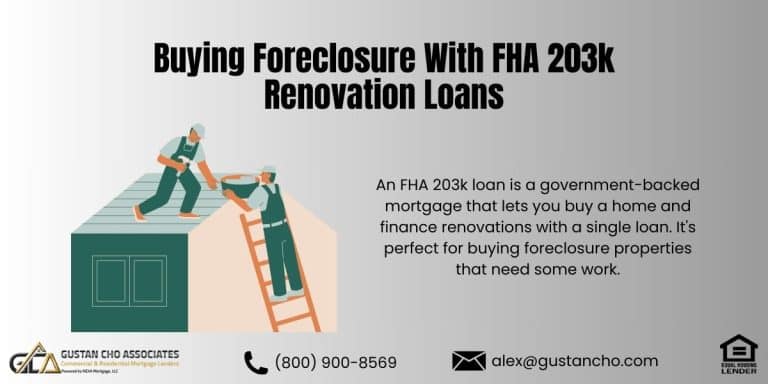In this blog, we will cover and discuss using FHA loans to purchase home and eligibility requirements. Using FHA loans to purchase home is very popular among first time home buyers and buyers with less than perfect credit. Using FHA Loans to purchase home only requires a 3.5% down payment. HUD, the parent of FHA, allows home buyers with credit scores down to 500 FICO to qualify for FHA loans with a 10% down payment. In the following paragraphs, we will cover using FHA loans to purchase home.
FHA Loans With 500 FICO
The minimum credit score to qualify using FHA loans to purchase home with a 3.5% down payment is 580 FICO. Borrowers with credit scores under 580 FICO and down to 500 credit scores can qualify in using FHA Loans To Purchase Home with a 10% down payment. In this blog, we will discuss using FHA loans to purchase home and the eligibility requirements to qualify. FHA loans are for owner-occupant home purchases and refinance. Using FHA Loans to purchase home that needs renovations can be done with FHA 203k renovation loans.
How Does FHA Loans Work
FHA loans are available for homebuyers to purchase a property with a down payment as low as 3.5%. In this section, we will cover the key details about using an FHA loan to buy a home with a 3.5% down payment:
HUD Eligibility Requirements on FHA Home Loans
The minimum credit score requirement is 580 or higher for the 3.5% down payment option. Scores between 500-579 require a 10% down payment. Debt-to-Income Ratio: FHA generally caps debt-to-income ratios at 43% for qualified borrowers. However, some lenders may allow higher ratios with compensating factors. Mortgage Insurance: All FHA loans require upfront and annual MIP.
HUD Guidelines on Down Payment Sources For FHA Loans
Borrowers can use their savings for the 3.5% down payment. Gift funds from family members are also permitted for the down payment. Down payment assistance programs from approved non-profit organizations or government entities can contribute toward the 3.5%. Talk to us about Qualify for FHA loan
FHA Loan Limits

FHA has county-based loan limits that cap the maximum mortgage amount. In 2024, the FHA floor is $492,257 for most areas, with higher limits in high-cost areas.
Property Requirements
FHA loans can be used for 1-4 unit primary residences, approved condos, and some manufactured homes. The property must meet FHA’s minimum property standards and undergo an FHA appraisal.
Benefits of 3.5% Down
Lower upfront cash is needed for the down payment compared to conventional loans. More lenient credit score and debt-to-income ratio requirements. The ability for buyers with limited savings to become homeowners sooner. It’s important to note that having a lower down payment means a higher loan-to-value ratio, which increases the risk for the lender. This is why mortgage insurance premiums are required on all FHA loans to mitigate that risk. Overall, the 3.5% down payment option through FHA can make homeownership more accessible. However, borrowers should carefully consider the long-term costs of mortgage insurance and the higher interest rates often charged for lower down payments.
Buying First Home Using FHA Loans To Purchase Home
FHA Loans are for owner-occupant primary residences. HUD is the parent of FHA. FHA is not a lender. The role of FHA is to insure lenders who originate and fund FHA Loans in the event their borrowers’ default and the property goes into foreclosure. FHA will step in and partially insure the loss the lender takes. In order for FHA to insure the loan, the lender needs to follow HUD 4000.1 FHA Handbook Guidelines.
The Benefits of FHA Loans For First-Time Homebuyers
FHA is very popular for first-time home buyers due to many reasons. Low down payment requirements of 3.5% down payment. Low credit score requirements: 580 FICO is required for 3.5% down payment home purchase FHA Loans. Outstanding Collections and Charge Off Accounts do not have to be paid to qualify. There is a 2-year waiting period after Chapter 7 Bankruptcy. There is a 3-year waiting period after foreclosure, deed in lieu of foreclosure, short sale. Manual underwriting allowed on FHA Loans
Using FHA Loans To Purchase Home Due To Job Relocation
Home buyers can use an FHA Loan buying a second home due to job relocation. They do not have to sell their exiting home even though it has an FHA Loan. HUD allows having two FHA Loans at the same time due to Job Relocation and other factors (See This Blog On Having Two FHA Loans At The Same Time) Alex Carlucci, a senior vice president at Gustan Cho Associates.
Types of FHA Mortgage Programs
Home buyers can purchase fixer-uppers with FHA 203k Renovation Loans. There are two types of FHA 203k loans. FHA 203k streamline: For limited cosmetic renovations with a maximum $35,000 budget and no structural changes. Standard FHA 203k Renovation Loans: This loan program is for full-blown renovations including structural changes, room additions, and second-story additions.
FHA 203k Streamline Loans
Homeowners with a current FHA loan can qualify for an FHA Streamline Refinance Mortgage. With an FHA Streamline Refinance Mortgage, it offers homeowners an option to refinance their current FHA Loans to a new FHA Loan with better rates and terms which offers a net tangible benefit. There is no income verification nor appraisal required on Streamlines. FHA Streamline Refinances normally take no longer two weeks from the time the loan is disclosed to closing. For more information on this topic or other mortgage topics, please contact us at Gustan Cho Associates at 800-900-8569 or text us for a faster response. Or email us at gcho@gustancho.com.








